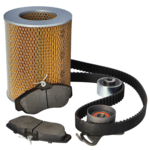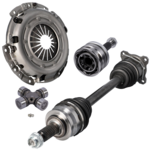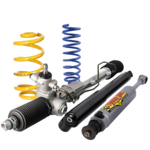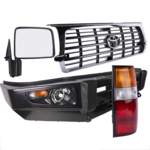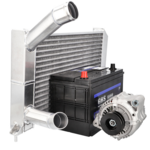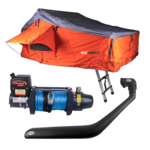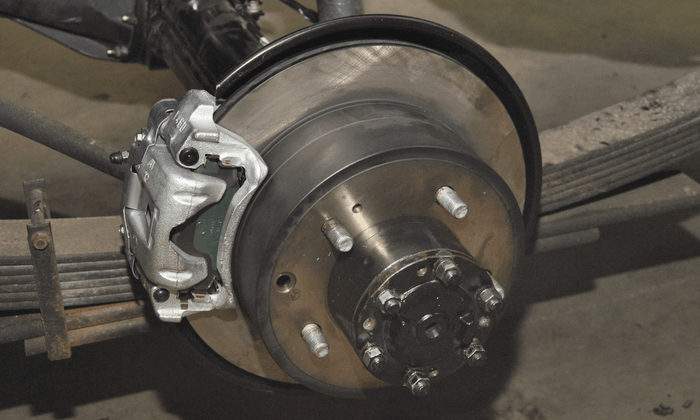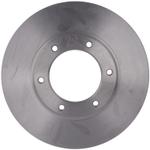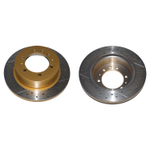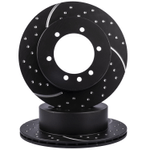What is a brake disc?
The brake disc is attached to the wheel hub, which rotates with the wheel, it slows down the wheel to stop your vehicle. The front brakes do most of the work. When braking, the weight of the vehicle is concentrated on the front. This is why front brakes are generally fitted with discs.
The disc brake is a high-performance braking system for vehicles with wheels in contact with the ground. This system converts the vehicle's kinetic energy into heat, which must be dissipated as quickly as possible.

Different types of disc
There are two types of brake discs:
- Solid discs
- Vented discs and drilled/vented discs, which can also be slotted.
Solid discs
A solid brake disc is very strong. They are usually found on older vehicles and they are cheaper.
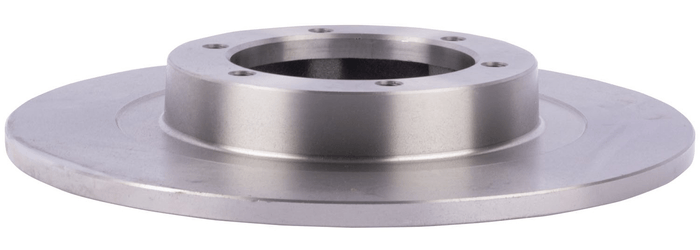
Vented disc
The vented brake disc has an empty space between the two faces of the disc, for better ventilation and cooling.

Slotted and vented disc
The slotted and vented brake disc also has holes distributed over the entire surface of the brake track. These holes perform the same function as the grooves found on some models, allowing water to run off more easily.
This type of disc can sometimes also be grooved.
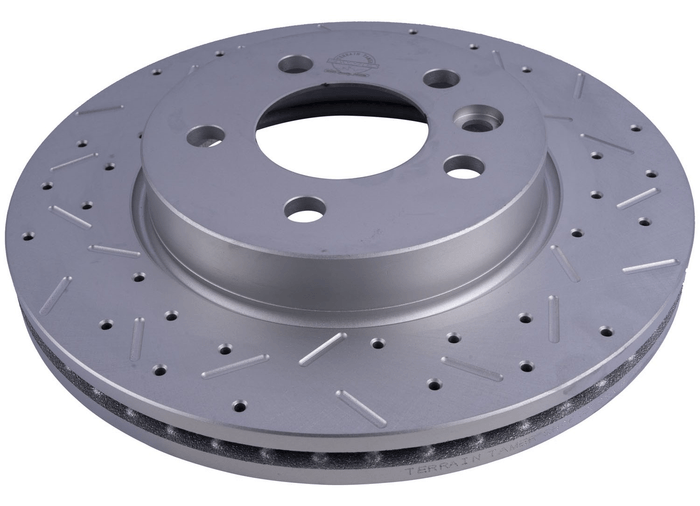
Maintenance
Often, when certain symptoms of brake wear are present, the solution is not always to replace the parts. Sometimes, simple maintenance will suffice.
The discs and pads are removed from the vehicle, cleaned and then put back on. This simple operation significantly increases the life of your brakes and is much cheaper than replacing them.
Brake servicing is recommended at least once a year, but you may need to do it more frequently depending on how you use your vehicle.
When should they be changed?
Brake discs are parts that wear relatively quickly with use. It's important to inspect them regularly and replace them if necessary.
Brake discs should be replaced when their minimum permitted thickness [expressed in millimetres] has reached the limit prescribed by the manufacturer.
For a longer service life, it's advisable to replace brake pads regularly to avoid excessive wear. This will increase the life of your brakes and also their efficiency.
An example of changing brake disc

Checking disc thickness
Disc thickness can be checked using a calliper.
The measurement is taken at 4 positions offset by 90°. The thickness is the average of the 4 measurements. It must not be less than the dimension prescribed by the manufacturer.
Checking the disc warpage
To check the warpage of the disc, a dial gauge with its support must be mounted on a fixed part.
The disc warpage is measured 10 mm from the edge of the disc. The disc is then rotated by hand and the dial gauge is reset to the minimum value. After a complete rotation, the warpage should remain within the vehicle's original tolerance.
Potential problems
Brake disc cracks due to heat :
The braking surface of the brake disc shows cracks that run continuously from the edge to the centre of the disc.
| CAUSES | CONSEQUENCES | SOLUTIONS |
|
|
|
Scratches and streaks on the brake track :
The braking surface of the disc shows concentric scratches or streaks.
| CAUSES | CONSEQUENCES | SOLUTIONS |
|
|
|
Uneven disc thickness and/or difference in thickness :
The brake disc has different disc thicknesses distributed around the circumference.
| CAUSES | CONSEQUENCE | SOLUTIONS |
|
|
|
Underlying rust formation on the contact surface :
The inner part of the brake disc is partially corroded on the surface in contact with the hub.
| CAUSES | CONSEQUENCES | SOLUTIONS |
|
|
|
PARTS
Parts for a Nissan Patrol Y60
Front brakes :
Rear brakes :
Find the brake discs to suit your vehicle:
Do it yourself, you'll be even prouder! To help you out, Euro4x4parts shares its know-how and expertise in mechanics through 4X4XPERT: new products, technical sheets, and personalized tutorials... You've got the keys!
And because we also learn from your experiences, your feedback is essential. Let us know your thoughts and suggestions by email: 4x4xpert@euro4x4parts.com
Check out our complete catalogue of 4x4 parts and accessories!
All the photos in our articles are taken on authorized roads or tracks, private land, or during supervised competitions. Let's all do our part to preserve the environment!
Please note: Euro4x4parts publishes this information to help its customers, but cannot be held responsible for the advice given here and their consequences when used.








